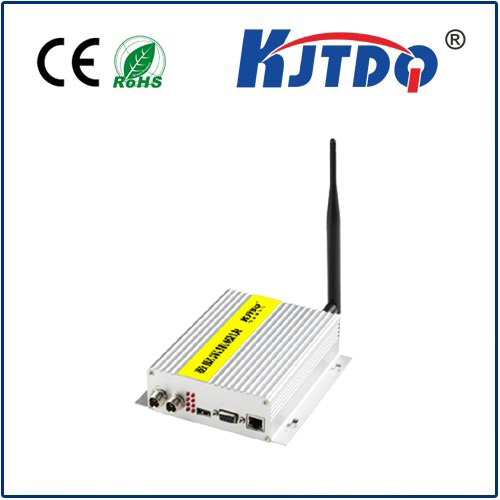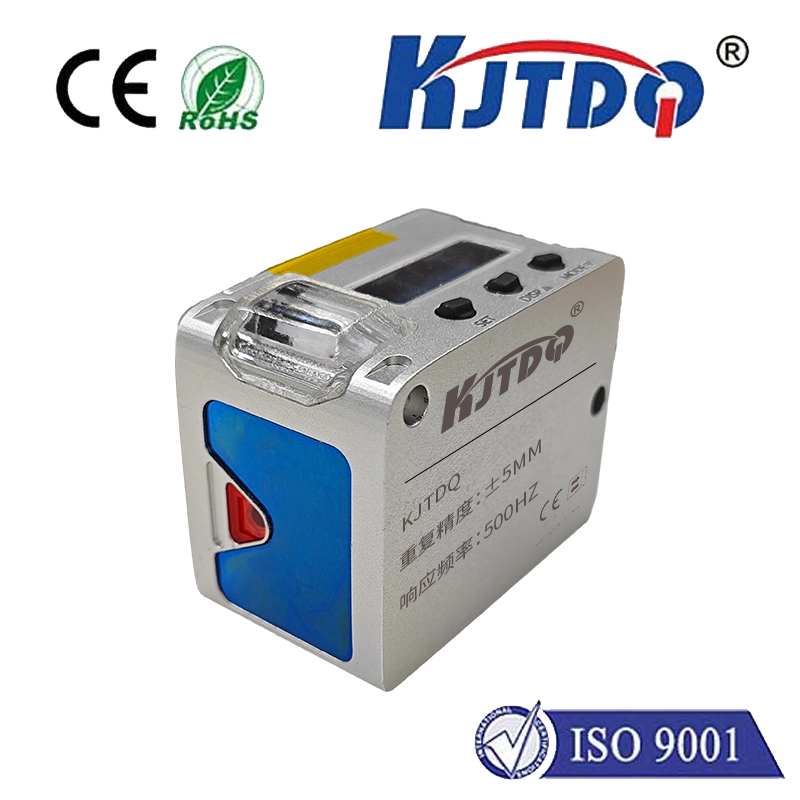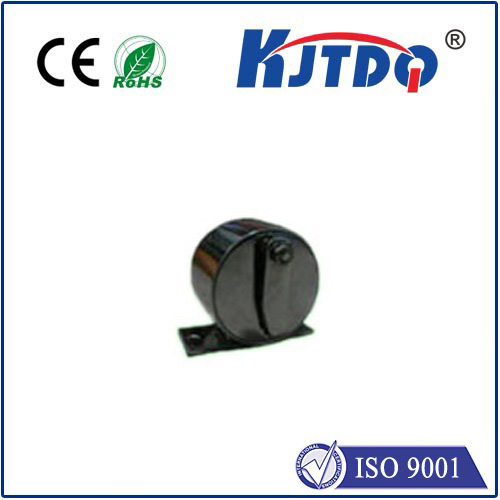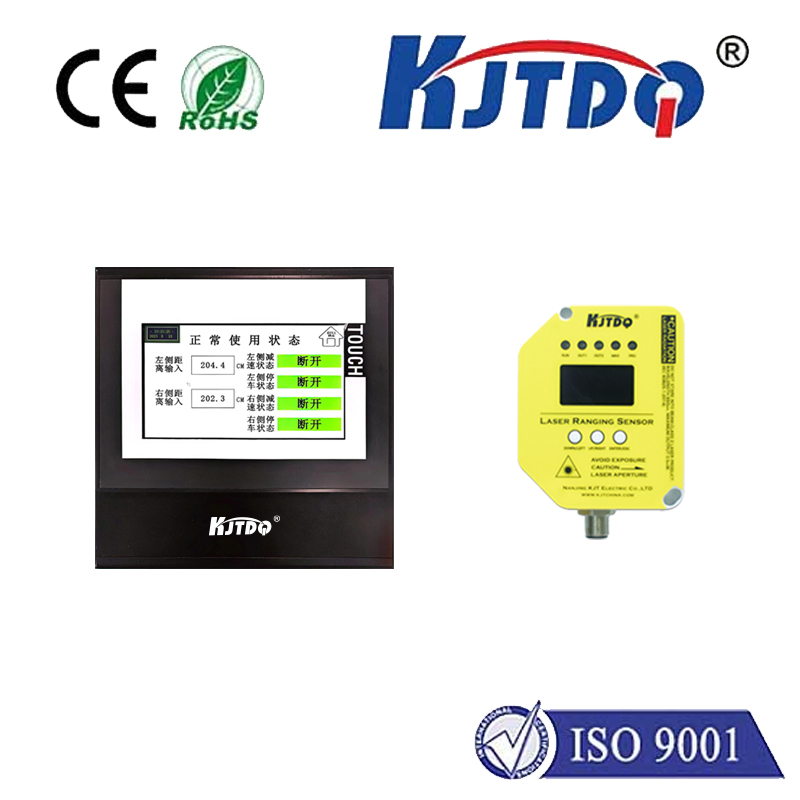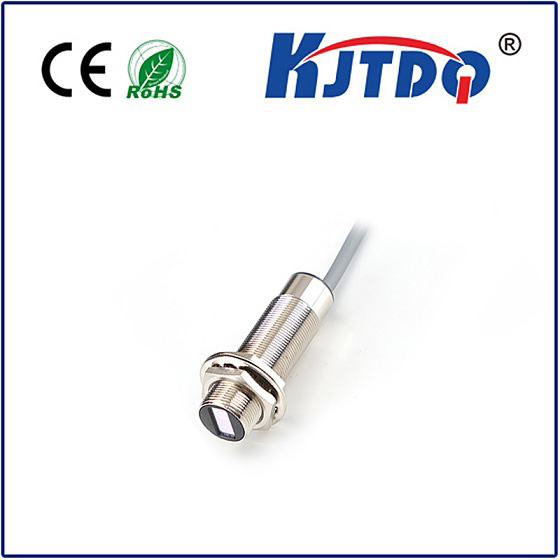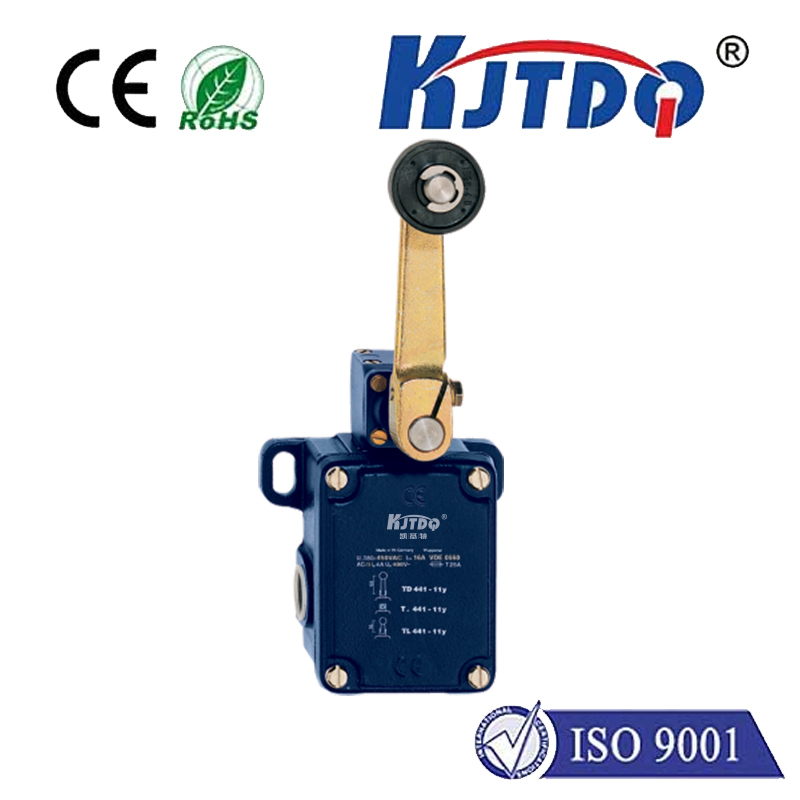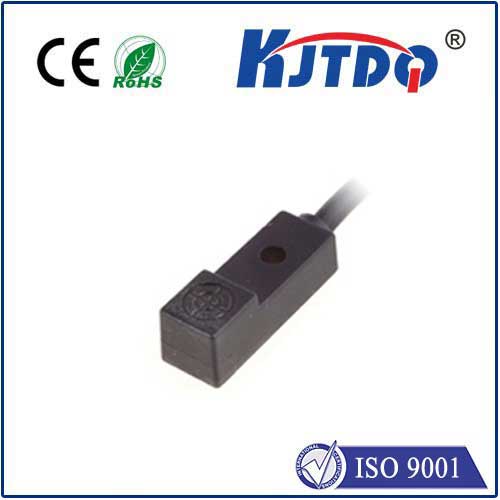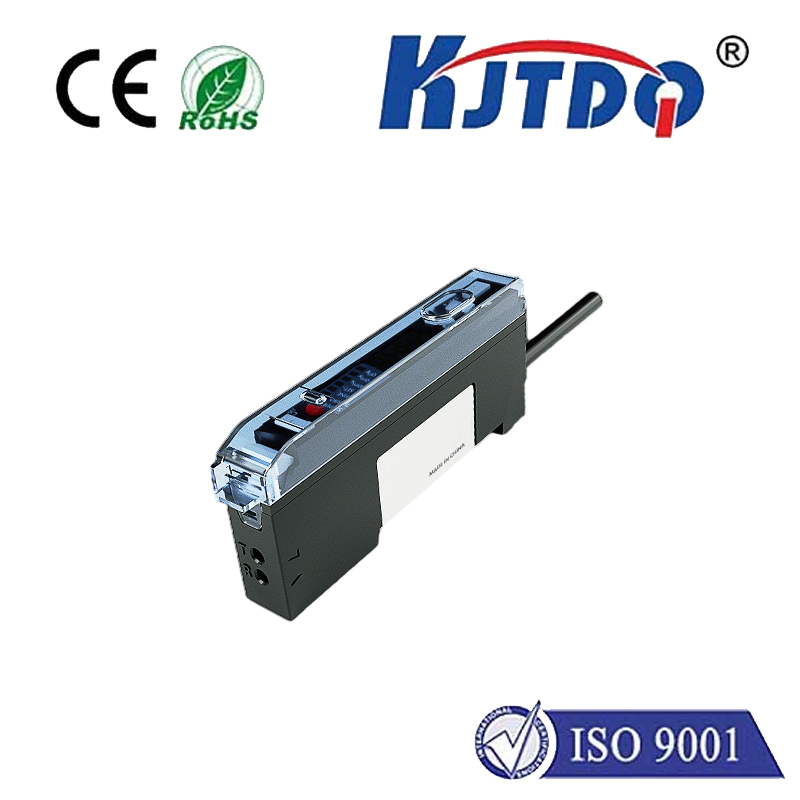m30 proximity sensor
- time:2025-06-14 01:48:39
- Click:0
The M30 Proximity Sensor: Powering Precise Detection in Industrial Automation
Ever wondered how automated systems flawlessly detect metal objects without physical contact? The answer often lies in a silent workhorse: the inductive proximity sensor, and specifically, the M30 format, renowned for its versatility and reliability. This ubiquitous device plays a critical role in countless industrial settings, monitoring positions, counting parts, and ensuring seamless operations. Understanding the M30 proximity sensor is key to optimizing efficiency and minimizing downtime in your automated processes.
What Makes the M30 Proximity Sensor Stand Out?
The “M30” designation primarily refers to the sensor’s standardized threaded barrel diameter – precisely 30 millimeters. This common size makes it incredibly versatile and easy to integrate into standard mounting holes found on machinery, fixtures, and enclosures across various industries. While the core principle of operation remains non-contact metal object detection through electromagnetic fields, the M30 package offers significant advantages:

- Robustness & Durability: Built to withstand harsh industrial environments, M30 sensors typically feature stainless steel or nickel-plated brass housings. They boast impressive IP ratings (IP67, IP68, IP69K are common), ensuring resistance to dust, water jets, high-pressure cleaning, and even temporary immersion in many cases. This resilience translates directly to reduced maintenance costs and enhanced system uptime.
- Reliable Sensing Performance: Despite their ruggedness, M30 sensors deliver highly precise switching points and consistent detection. Key performance factors include:
- Sensing Range: Typically ranges from 2mm to 15mm for standard models, with shielded variants offering shorter ranges (better flush mounting) and unshielded variants providing longer ranges.
- Hysteresis: This built-in gap (difference between switch-on and switch-off points) prevents chattering near the detection threshold, ensuring a stable, bounce-free signal crucial for accurate counting and positioning.
- Switching Frequency: M30 sensors can often operate at high frequencies (hundreds of Hz to over 1 kHz), suitable for detecting rapidly moving objects on high-speed production lines.
- Versatile Electrical Options: The M30 platform supports various configurations to integrate seamlessly with different control systems:
- Output Types: PNP (sourcing), NPN (sinking), NO (Normally Open), NC (Normally Closed).
- Voltage Ranges: Commonly 10-30V DC, though AC/DC universal models also exist.
- Connection Styles: Cable exit (PVC or PUR sheathed cables in various lengths) or connector versions (e.g., M12 connectors).
Where the M30 Proximity Sensor Excels: Real-World Applications
The M30 proximity sensor’s blend of size, durability, and performance makes it indispensable across a vast spectrum of automation:
- Assembly Lines: Detecting the presence or absence of metal parts, verifying component placement, monitoring jig positions, and counting products on conveyors. Their non-contact nature eliminates wear and tear associated with mechanical switches.
- Packaging Machinery: Controlling gates, detecting foil seals or metal lids, verifying case presence, and monitoring stack heights for boxes with metal components. IP69K-rated M30 sensors excel in washdown environments common in food and beverage packaging.
- Material Handling: Position detection for robotic arms, end-effector confirmation, pallet presence sensing, and limit switching on automated guided vehicles (AGVs). Their high vibration resistance is critical here.
- Machine Tooling: Monitoring tool position, detecting chuck clamping, verifying workpiece presence, and safeguarding movable guards. Flush-mountable shielded M30 sensors are essential in tight spaces near moving parts.
- Automotive Manufacturing: Applications range from engine block machining line position sensing to robotic welding cell part detection and body-in-white assembly verification. Consistent reliability is paramount in high-volume production.
Installation and Configuration: Getting the Best from Your M30 Sensor
Proper installation is crucial for optimal performance:
- Mounting: Ensure the sensor is securely fastened using its M30 thread. For shielded sensors, flush mounting with the surrounding metal is acceptable. Unshielded sensors require adequate free space around the sensing face for their extended sensing range potential.
- Alignment: Position the sensor so the target approaches the active sensing face perpendicularly. Avoid mounting near large metal masses that could cause interference.
- Wiring: Carefully follow the manufacturer’s wiring diagram for voltage supply and load connection (PLC input, relay coil, indicator light). Pay close attention to PNP vs. NPN and NO vs. NC configurations.
- Sensing Distance: Always refer to the specific sensor’s datasheet for its rated sensing distance (Sn). Remember that the effective operating distance can be slightly less and depends on the target material’s size, shape, and composition (standard ratings usually assume mild steel). Factor in a safety margin during setup.
Addressing Common Challenges: Diagnostics & Troubleshooting
While highly reliable, understanding potential issues ensures quick resolution:
- Failure to Detect: Check power supply voltage and wiring connections. Ensure the target is within the nominal sensing range and made of a detectable metal. Verify alignment and absence of heavy contamination or buildup on the sensor face. Consider target material effects – non-ferrous metals like aluminum require sensors with a reduced sensing range factor.
- Intermittent Operation: Loose wiring connections or poor grounding are frequent culprits. Electrical noise interference can sometimes be an issue; ensure cables are routed away from power lines or motors. Check for vibrations causing physical movement of the sensor or cable.
- Premature Switching (False Triggers): Could be caused by background metal (adjacent machinery, mounting bracket), electrical interference, or debris buildup. Verify the sensor isn’t mounted too close to unintended metal objects. Ensure cabling is properly shielded if interference is suspected.
- LED Indicator: Most M30 sensors feature an LED status indicator showing power and switching state. This is an invaluable first-line diagnostic tool.
The M30 inductive proximity sensor remains a cornerstone technology in industrial automation. Its standardized size, robust construction, reliable non-contact detection, and broad availability make it an engineer’s trusted solution for countless position and presence sensing tasks. By selecting the right variant (shielded/unshielded, sensing range, output type) and ensuring proper installation and maintenance, you leverage this proven technology to significantly enhance the reliability, efficiency, and safety of your automated systems. When precision, durability, and consistent performance are non-negotiable, the M30 sensor delivers time and again.












